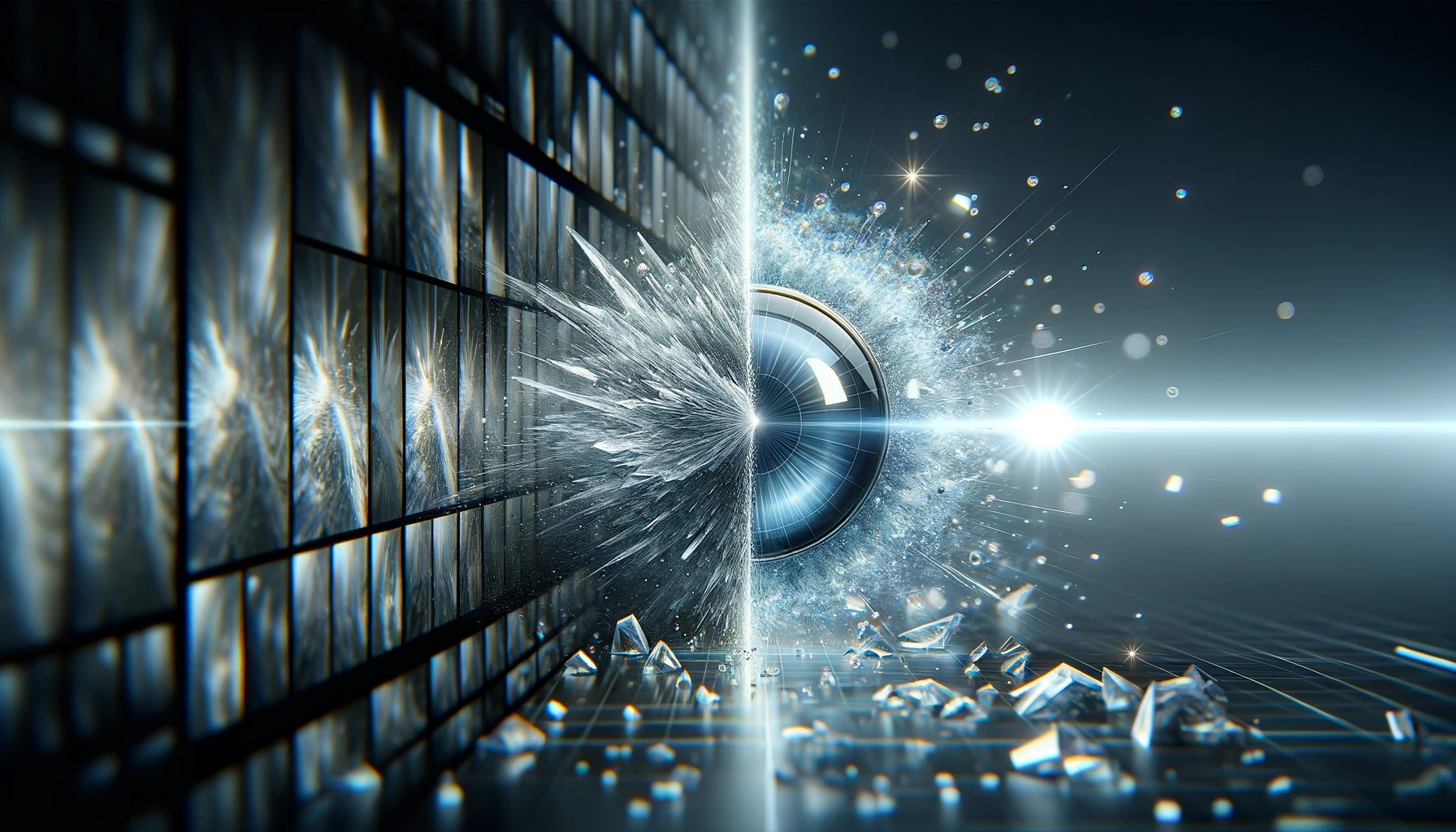Multi-Frame Upscaling: Enhancing Images from Video
By lark
Published March 8, 2024
 Multi-Frame Upscaling: Enhancing Images from Video
Multi-Frame Upscaling: Enhancing Images from Video
Multi-frame upscaling revolutionizes digital imagery by leveraging technological advancements to upscale images from video sequences, enhancing clarity and detail beyond traditional limits. This method combines creative algorithms and computing power to extract and enhance images with unparalleled quality. Explore the transformative impact of multi-frame upscaling on image enhancement through this insightful exploration.
What is Multi-Frame Upscaling?
Multi-frame upscaling is an advanced process that synthesizes information from multiple frames within a video to produce a single, high-resolution image. Unlike traditional upscaling methods, which work with individual pictures, this technique leverages the temporal dimension of video to enhance detail, reduce noise, and improve texture quality. It's a sophisticated dance of algorithms that sift through the video frames, identifying and merging the most relevant details to upscale an image with unprecedented clarity.
The Mechanics Behind the Magic
To appreciate the ingenuity of multi-frame upscaling, it's crucial to understand its core components:
- Temporal Analysis: The technique analyzes several frames from a video, identifying common elements and changes over time. This analysis helps in distinguishing between static and moving parts, which is vital for detail enhancement and noise reduction.
- Resolution Synthesis with Super-Resolution Algorithms: Through advanced upscaling techniques and super-resolution algorithms for upscaling, the process synthesizes a higher-resolution image by combining details from multiple frames. This synthesis is where the magic happens, creating an image that is sharper and more detailed than any single frame in the video.
- Artifact Reduction and Texture Synthesis: Video frames often contain noise and compression artifacts. Multi-frame upscaling uses information from multiple frames to mitigate these issues, resulting in cleaner images. Additionally, texture synthesis in upscaling plays a pivotal role in recreating the texture details that are often lost in lower-resolution images, making the upscaled images appear more natural and true to life.
The Application Spectrum
The applications of multi-frame upscaling are vast and varied, reflecting its flexibility and potency:
- Film Restoration: Classic films can be revitalized, bringing new life to old footage with enhanced detail and clarity that was not possible at the time of their creation.
- Surveillance Enhancement: Security footage can be notoriously grainy and indistinct. Multi-frame upscaling can enhance these images, aiding in the identification of individuals or details that were previously obscured.
- Scientific Research: From enhancing images of distant galaxies to microscopic organisms, this technique provides researchers with clearer images, facilitating discoveries and insights.
- Consumer Electronics: With the growing demand for high-resolution content, televisions, smartphones, and other devices increasingly incorporate multi-frame upscaling technologies to improve the viewing experience.
The Advantages of Multi-Frame Upscaling
The benefits of multi-frame upscaling extend beyond the mere enhancement of visual quality:
- Superior Image Quality with Edge Enhancement: By leveraging information from multiple frames, this method can create images of significantly higher quality than traditional upscaling methods. Edge enhancement in upscaling further sharpens the boundaries and improves the definition of objects within the image, making them stand out with greater clarity.
- Detail Preservation: It excels at preserving and enhancing fine details, making it ideal for applications where clarity is paramount.
- Noise Reduction: The technique is adept at reducing noise, thanks to its ability to average out inconsistencies across frames.
- Efficiency: Despite its complexity, modern algorithms have made multi-frame upscaling increasingly efficient, making it viable for real-time applications.
The Future of Image Enhancement
As technology advances, so too does the potential of multi-frame upscaling. With the integration of artificial intelligence and machine learning, the process is becoming more sophisticated, capable of achieving results that were once thought impossible. The future of image enhancement is here, and it's being shaped by the incredible capabilities of multi-frame upscaling.
Conclusion
Multi-frame upscaling is not just an evolution in the way we upscale images; it's a revolution in how we perceive and enhance visual content. By intelligently synthesizing information from multiple video frames, this technique offers a window into a world of clarity and detail previously unattainable. Whether it's breathing new life into historical footage, aiding scientific discovery, or simply making our everyday media consumption more immersive, multi-frame upscaling stands at the forefront of image enhancement technology. As we continue to push the boundaries of what's possible, it's clear that the future of digital imagery is brighter and sharper than ever before.